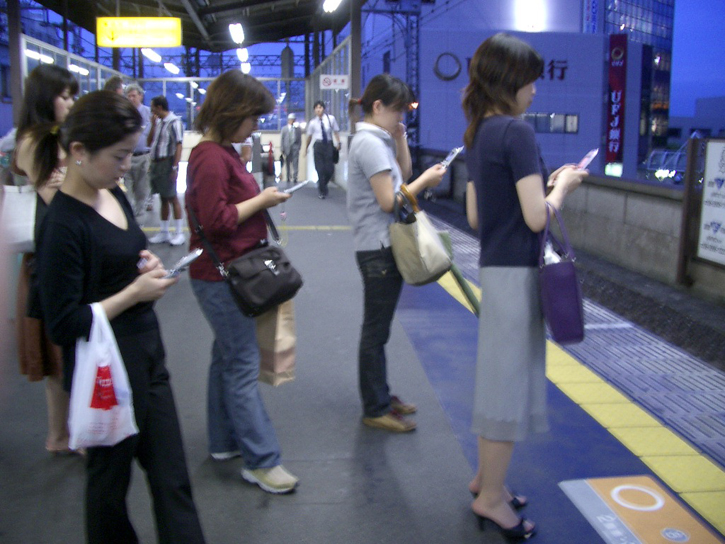People using smartphones are usually found in public places according to a study
It was conducted by professor Keith Hampton, who in turn was inspired by William H. Whyte’s work back in the 60s
A new study has been conducted, which shows that those who are using smartphones are more likely to be found in public areas.
This study actually goes back 50 years to the 1960s, when a sociologist names William H. Whyte wanted to find out whether people enjoyed being alone or in a group. The results of this study were that most people prefer being in groups or just plain being near others. This is what inspired the design of public spaces and further studies on the matter. During the 60s and 70s, Whyte’s work took him to various cities across the country, where he studied where people sat and how they interacted with each other with existing features such as fountains. He was even able to examine what effect the environment itself has on people, even in the most dangerous and non-hospitable places.
He published a book called Street Life Project, which in turn spawned The Social Life of Small Urban Spaces and Project for Public Spaces. The later was used for conducting similar experiments throughout the 70s and 80s.
In 2007, according to Keith Hampton, a professor who studied how technology impacts daily life at Rutgers, on the steps of the New York City MET people with mobile devices lingered a touch longer than those without. He spent about 2,000 hours looking at the footage he had shot with his research team.
The study also shows a marked increase over general loitering versus a time when we didn’t have mobile technology.
According to The New York Times, Whyte’s study clearly showed a truth about great urban spaces: people loved being in public because they could watch and potentially engage with other people. Hampton’s follow-up illustrates an interesting dichotomy: people still love being around other people physically, even if they ones they’re actually interacting with are nowhere in sight.
Source: Gizmodo




